Previously on 'Year in Review'
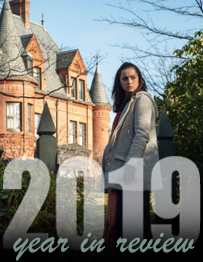 by Lynn Lee
by Lynn Lee
Domestic spaces in movies can say a lot about the characters who live in them – class, income level, personal history, not to mention personality, tastes, even relationship dynamics (or lack thereof). But how often does a home take on so much significance it effectively becomes a character in its own right? 2019 was a banner year for that kind of transmutation, as it turns out.
Here are five homes (or in the first case, an anti-home) that particularly stood out:
5. Charlie’s L.A. apartment in Marriage Story
The nondescript flat Charlie Barber (Adam Driver) reluctantly rents in Los Angeles starts out as almost literally a blank space and quickly becomes remarkable for what it’s not: a home...
Rather, it’s a grudging concession by Charlie to the demands of his divorce negotiations with Nicole (Scarlett Johansson), morphing from a temporary placeholder to a verbal battlefield between Charlie and Nicole, to a full-fledged imitation of a cozy, child-friendly residence to strengthen Charlie’s case for custody. The imitation is credible as far as it goes, but still looks less like an actual living home than what it is: a staged set assembled by a theater director with assistance from his crew. This leads to a hilariously awkward visit by a parenting “evaluator” that becomes a strained charade of evening domesticity, one that’s fully exposed the moment the evaluator’s eyes are drawn to a hole Charlie punched in the wall during his fight with Nicole. That hole is the realest thing in the apartment, and everyone knows it.
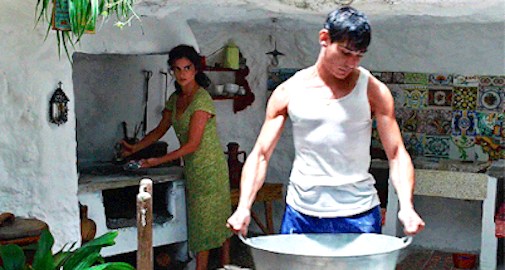
4. The cave-house in Pain and Glory
When young Salvador and his mother (Penelope Cruz) first enter the house Salvador’s dad has set up for their family, his mother immediately registers disappointment, his father embarrassment at what’s functionally a hole in the ground. Salvador, on the other hand, seems excited; after all, what kid doesn’t find the idea of living in a cave pretty cool? And the cave is beautiful, with its white (limestone?) walls and a skylight for a window. It gradually acquires more of the trappings of a home, including lovely ceramic kitchen tiling provided by an equally lovely laborer who’s also the source of the most profound and ecstatic memory of Salvador’s boyhood. That this moment takes place in a sunlit cave – a poetic oxymoron if there ever was one – lends the home even greater significance that remains deeply imprinted in the adult Salvador’s consciousness.
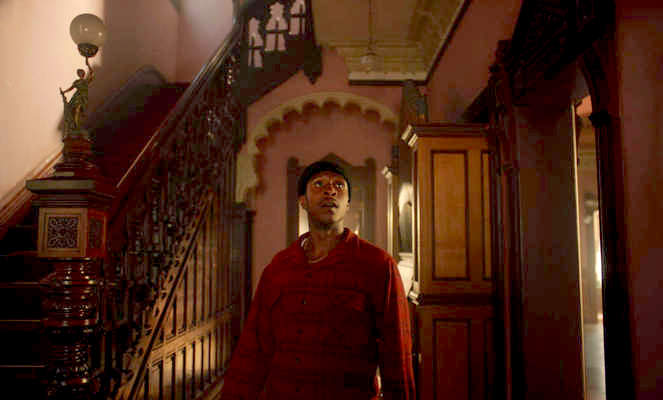
3. Jimmie’s family home in The Last Black Man in San Francisco
When we first meet Jimmie Fails, he’s lovingly – and stealthily – applying fresh red trim to the old Victorian house in San Francisco’s Fillmore District, before getting chased off by its current inhabitants. That scene encapsulates our protagonist – who he is, what matters to him, what he’s willing to do to fight for it. The house itself initially resists such analysis: from the outside, it looks like something out of a Hopper painting, impressive but slightly forbidding. Once past its doors, however, we find a panoply of details that establish its distinctive character and importance to Jimmie, from the intricate paneling to the built-in organ and house sauna, all encased in dark hardwood that you just know is the real thing, and built by hand. But by whose hand? Is the house that’s been such a dominant presence in Jimmie’s life really what he thinks it is? That’s the question that drives the entire film, one that forces Jimmie to a reckoning and ultimately a valediction.
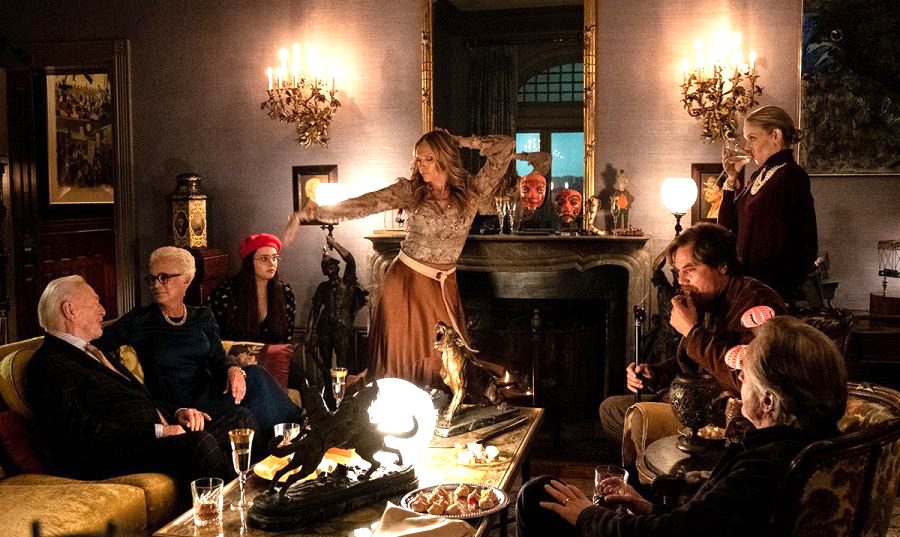
2. The Thrombey mansion in Knives Out
Over-the-top doesn’t even begin to describe this sprawling, Victorian-on-steroids manor or its insanely, garishly overstuffed interior. There doesn’t seem to be a single corner of the mansion that doesn’t in some way reflect – no, scream – the identity of its owner as a man who made his fortune writing murder mysteries. Every frame is so cram-jammed with creepy antique (or pseudo-antique) dolls, statues, clocks or, yes, a conspicuous knife display reminiscent of the iron throne in Game of Thrones, a murder feels foreordained even if you go in not knowing anything about the movie. And when murder does happen, it's almost part of the scenery – as if the house willed the murder to happen. Just as, at the movie’s climax, the house basically determines whom it will belong to next.
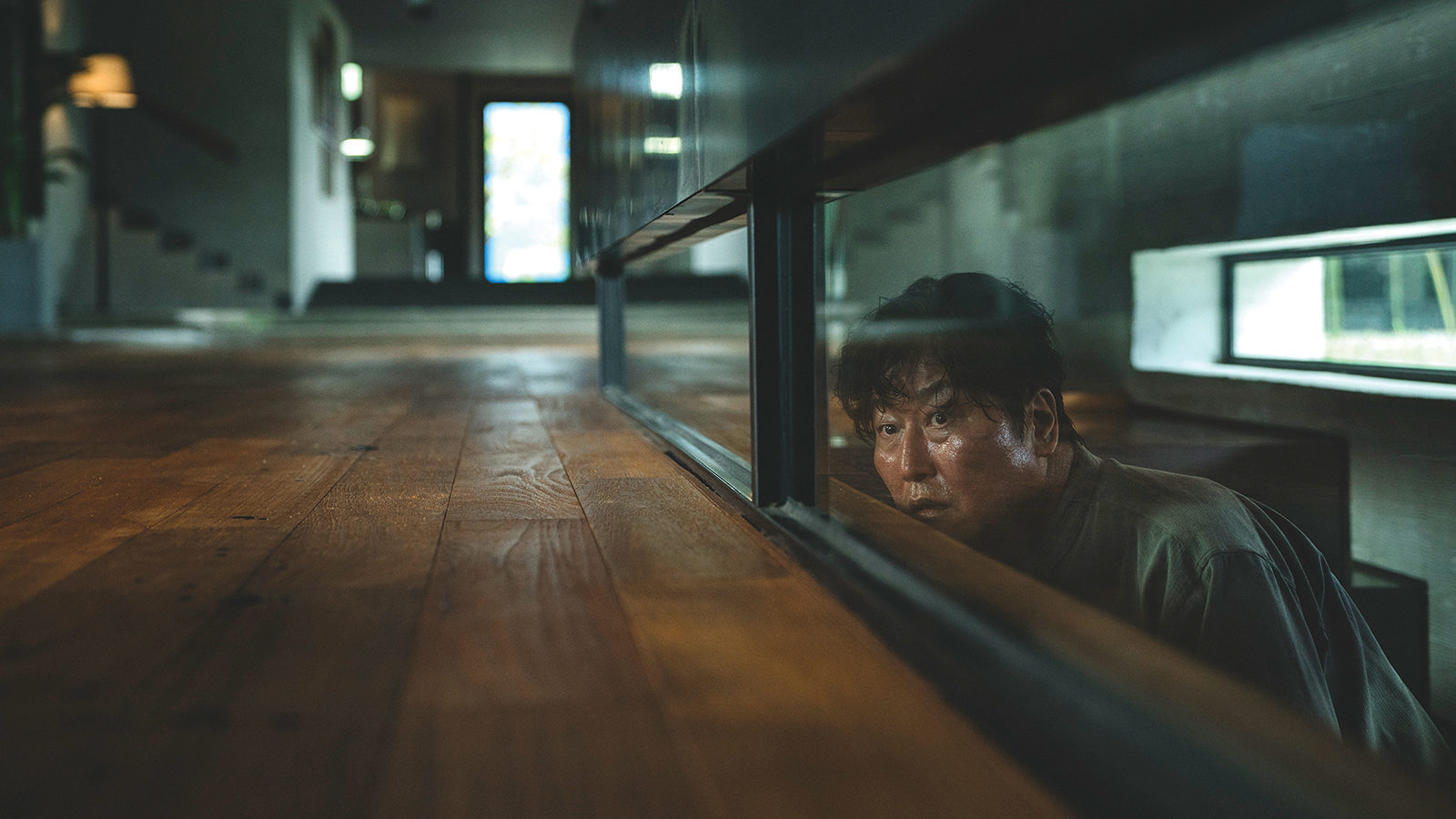
1. The Parks’ house in Parasite
How could anything else top this list? From our first glimpse of the Parks’ house, custom-designed by a famous architect, with its clean modernist lines, flowing, light-filled space, and verdant garden, it appears an oasis of quiet luxury and the peace that comes with privilege. But the peace is more fragile than it seems, resting (both literally and figuratively) on the oppression of those below its inhabitants. I can’t say much more without giving away major spoilers, but it’s no coincidence the house both begins and ends as a point of aspiration for the lower-class protagonists, the entire time hiding secrets that threaten to destroy it from within. (For those who have seen this movie, here’s a very interesting interview with director Bong Joon-Ho and the production designer that discusses in detail the design of the house, which was specially built for the movie, and how integral it was to the movie’s themes.)
HONORABLE MENTIONS: The juxtaposition (and contrast) of the March and Laurence houses in Little Women; the pope’s summer home in The Two Popes; Downton Abbey (because duh)
What houses in movies made the most vivid impression on you this year? Which ones would you most/least want to live in or visit?